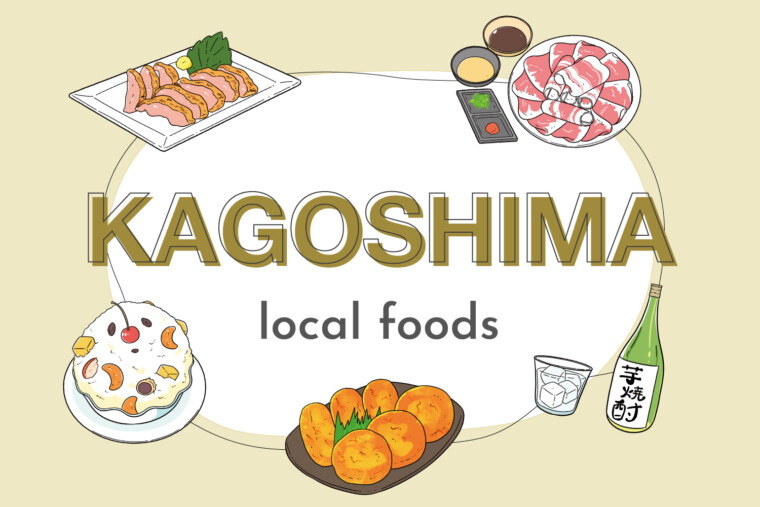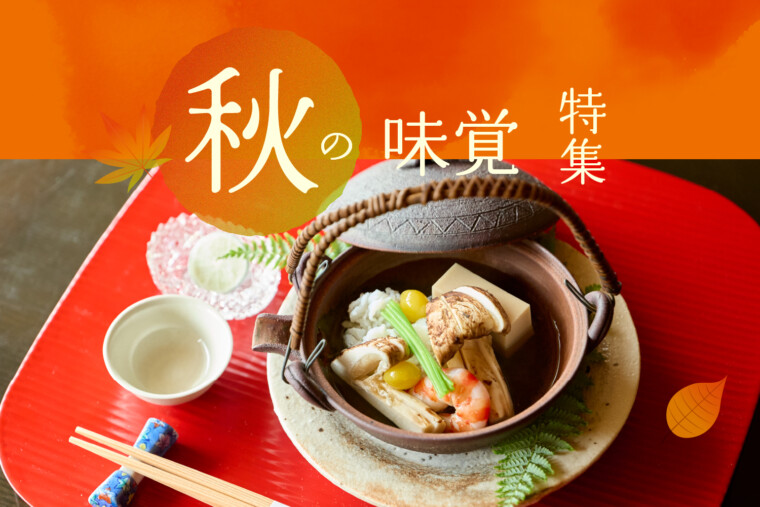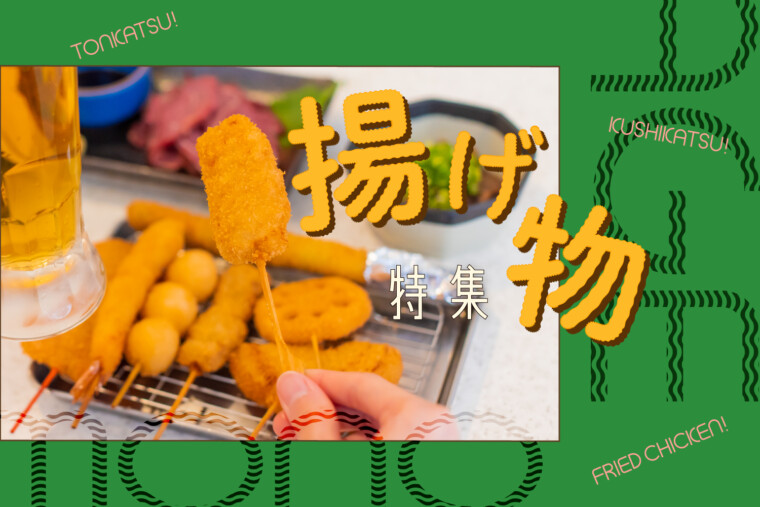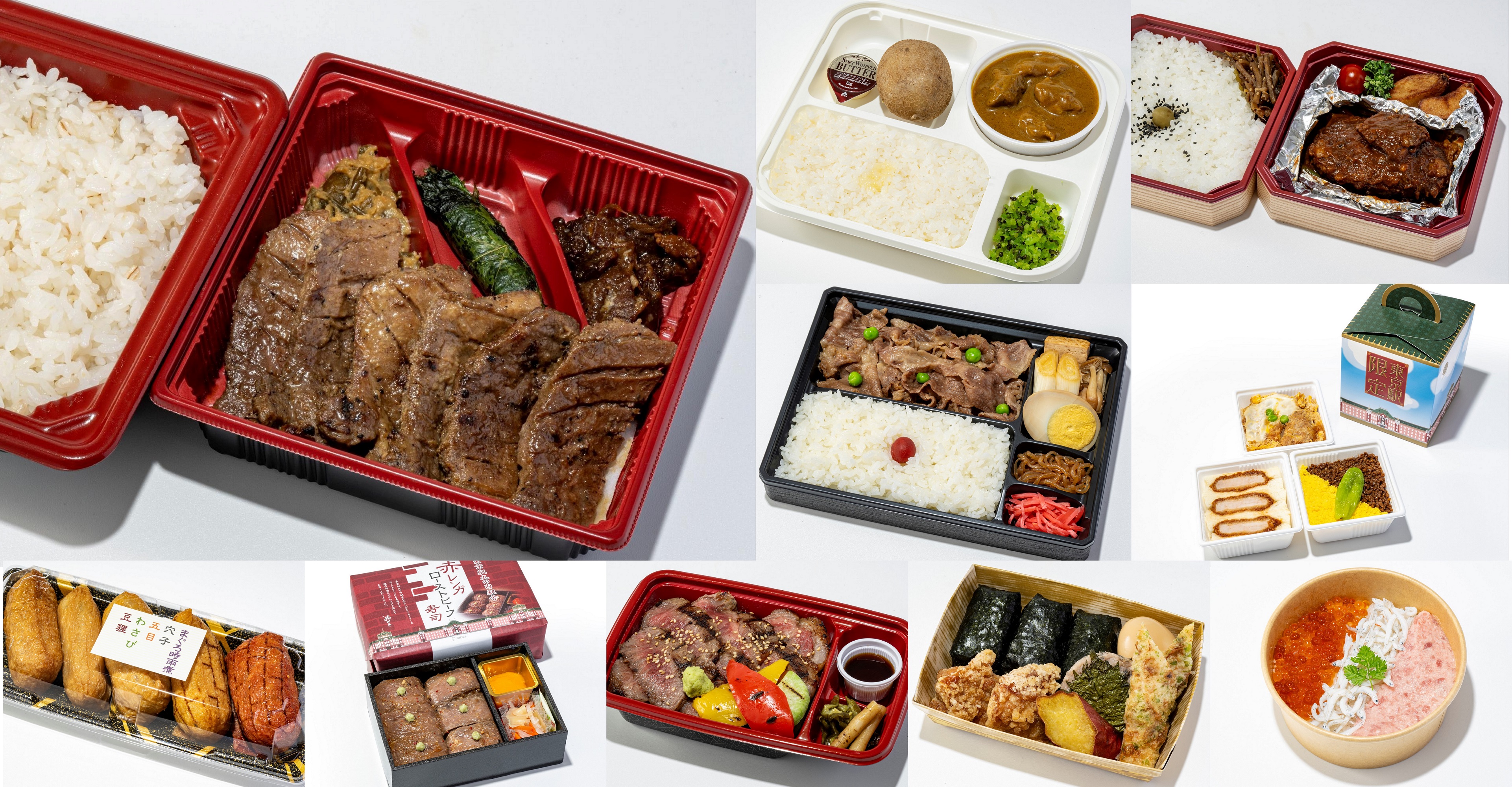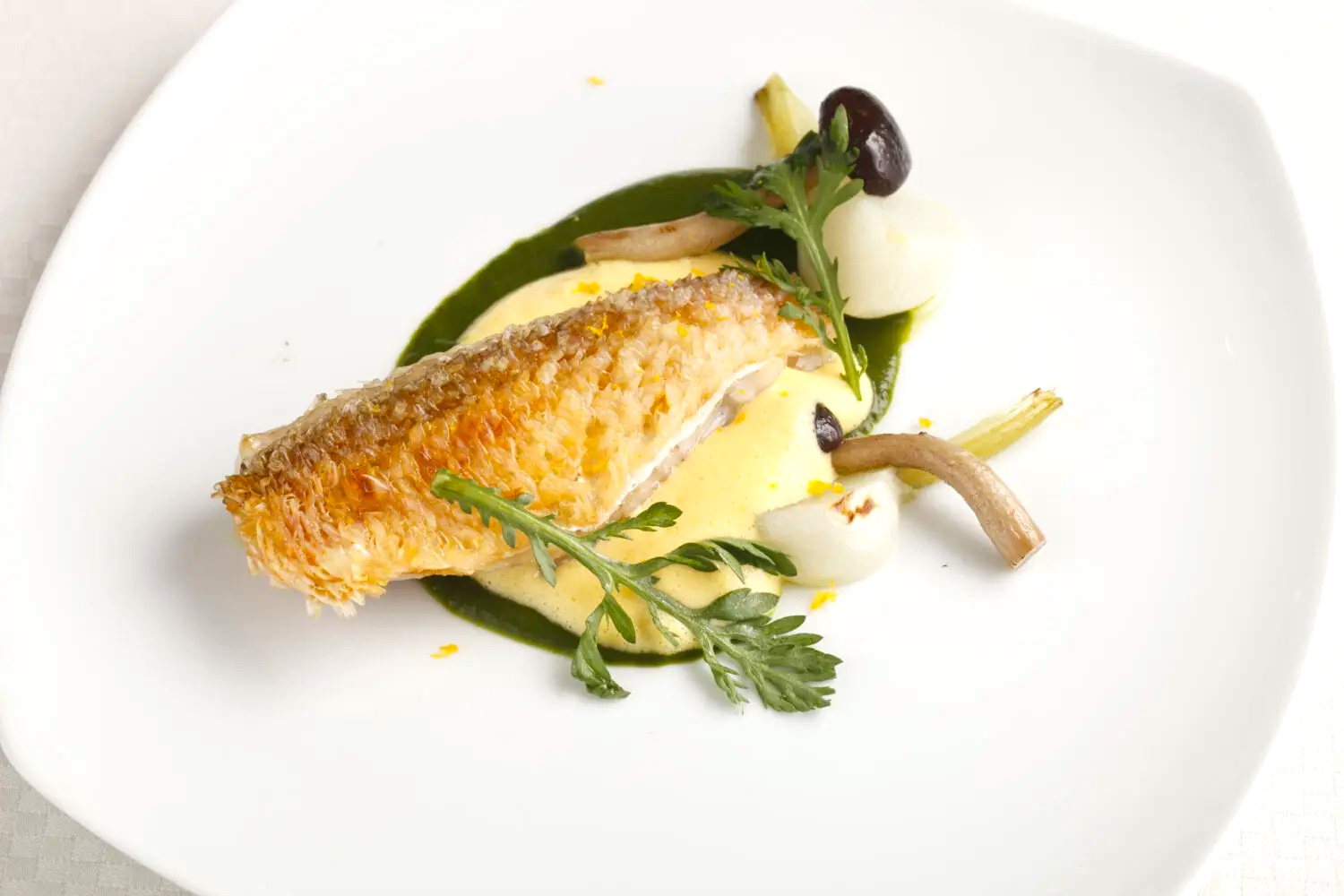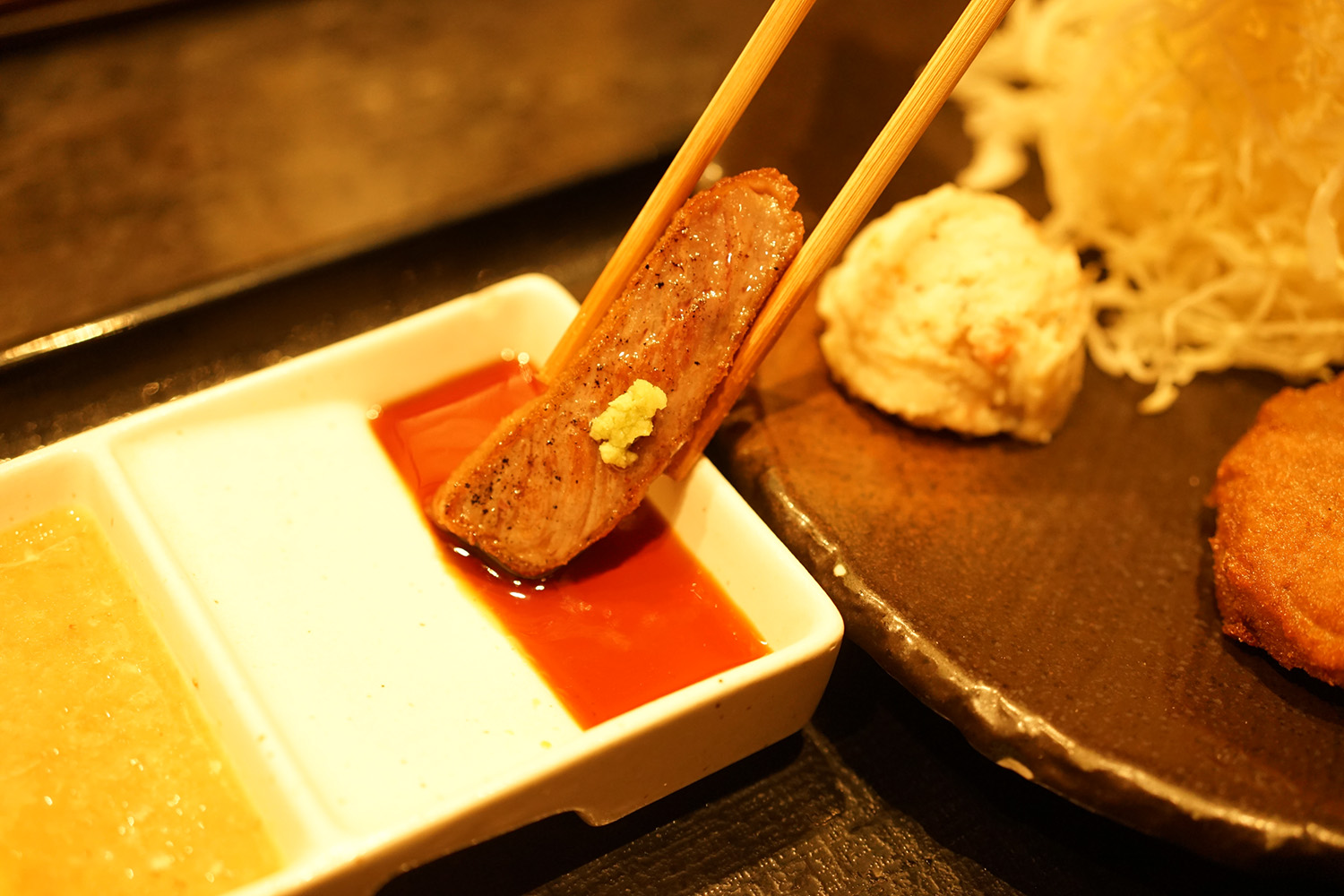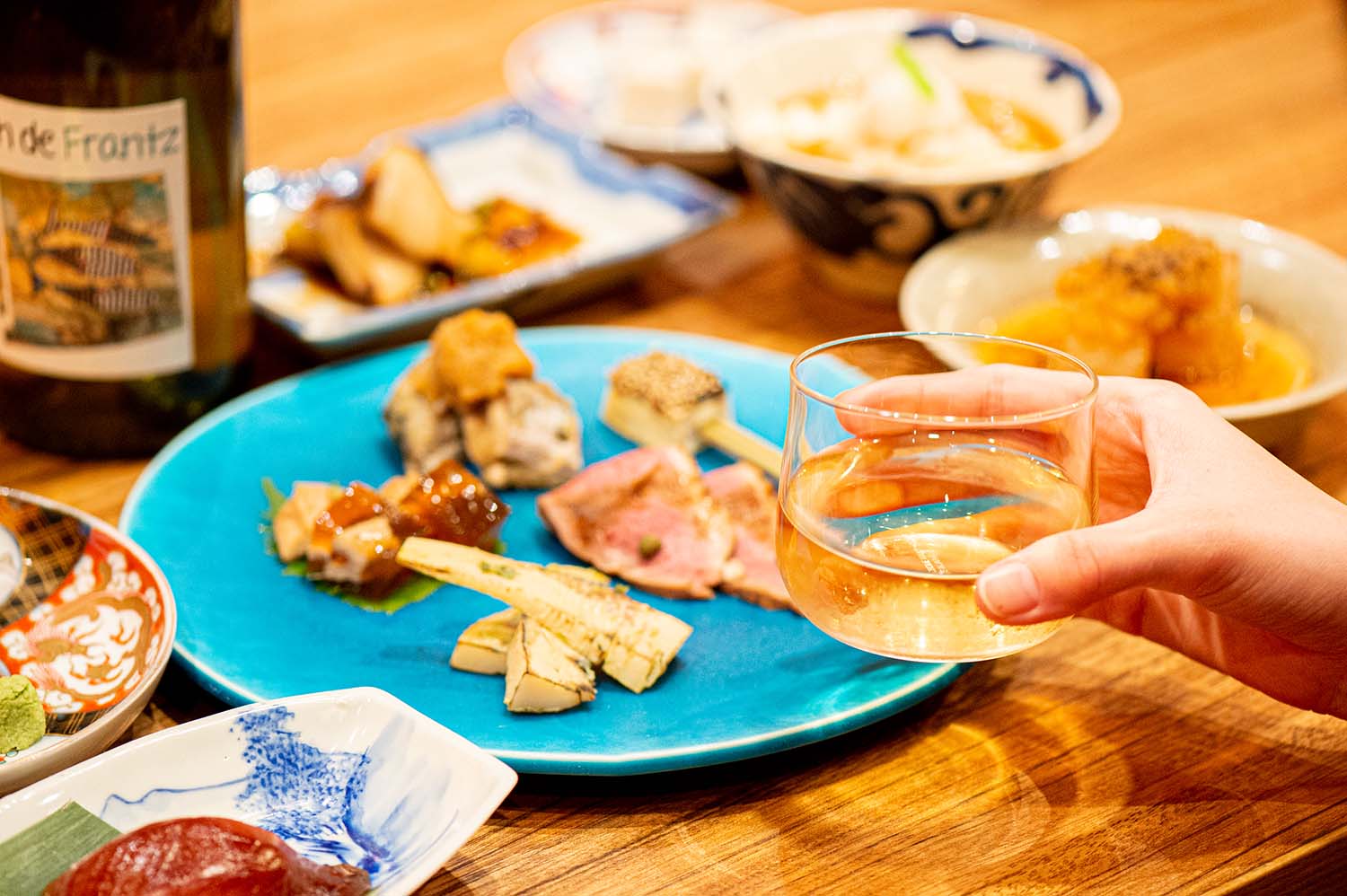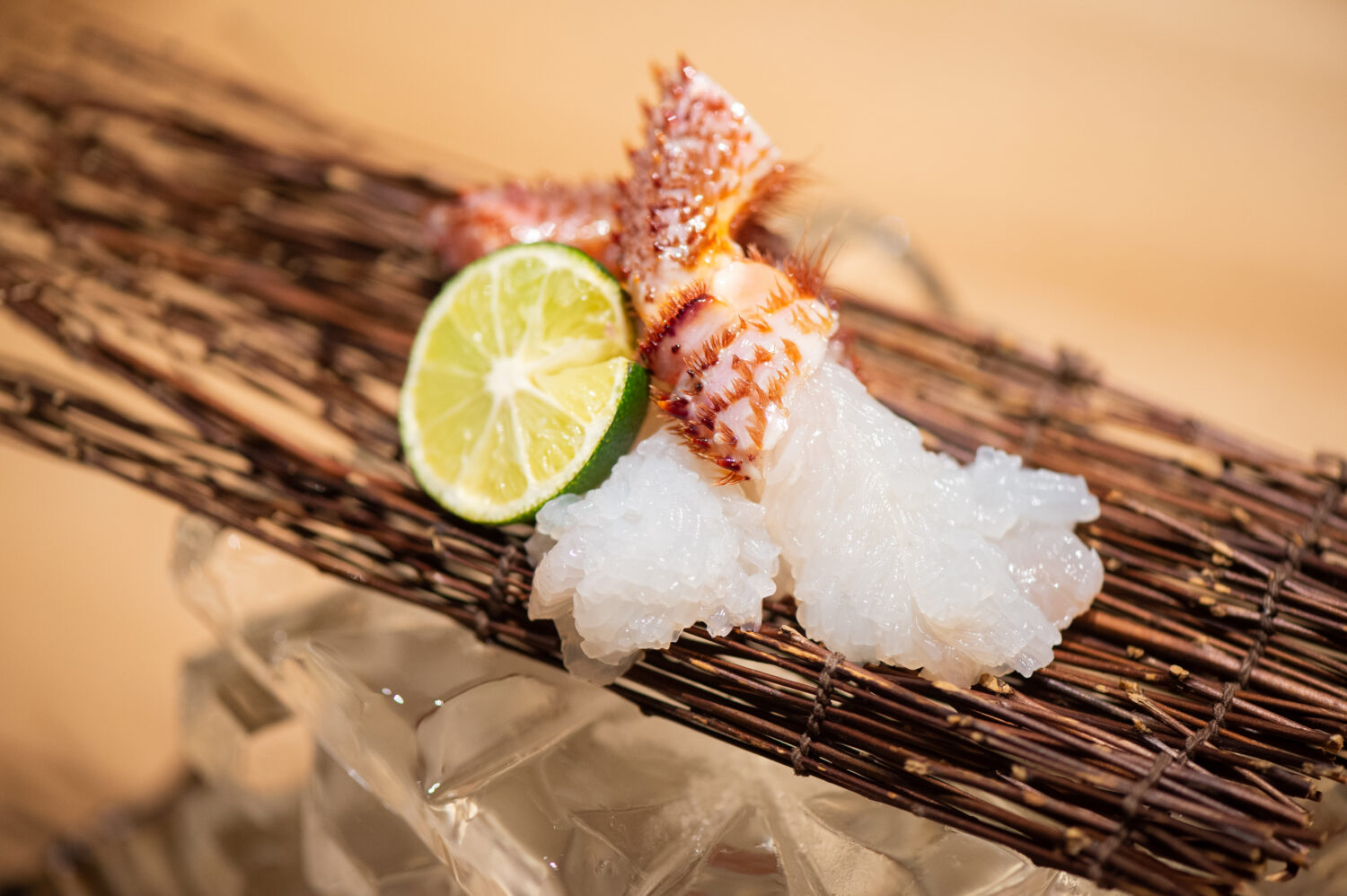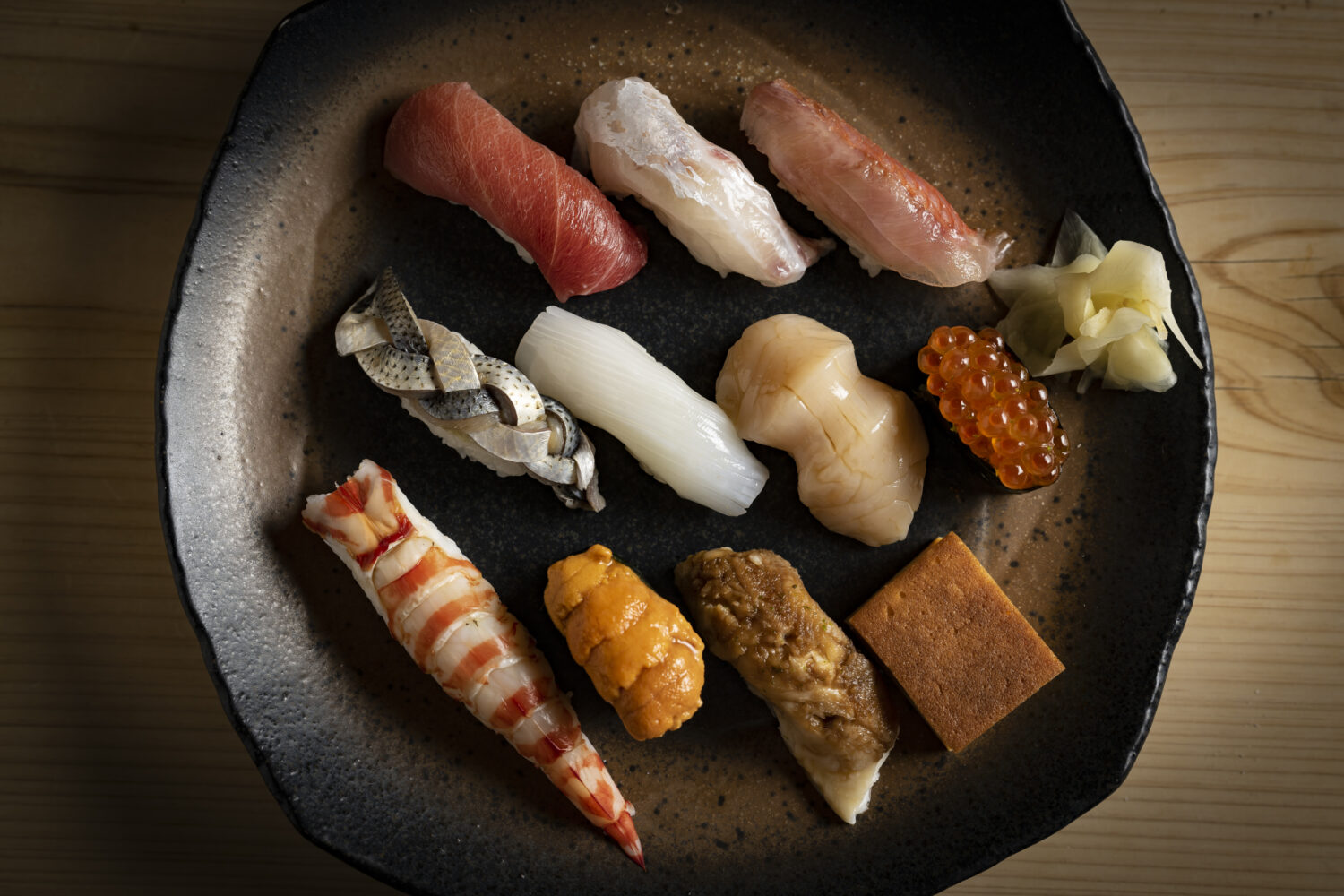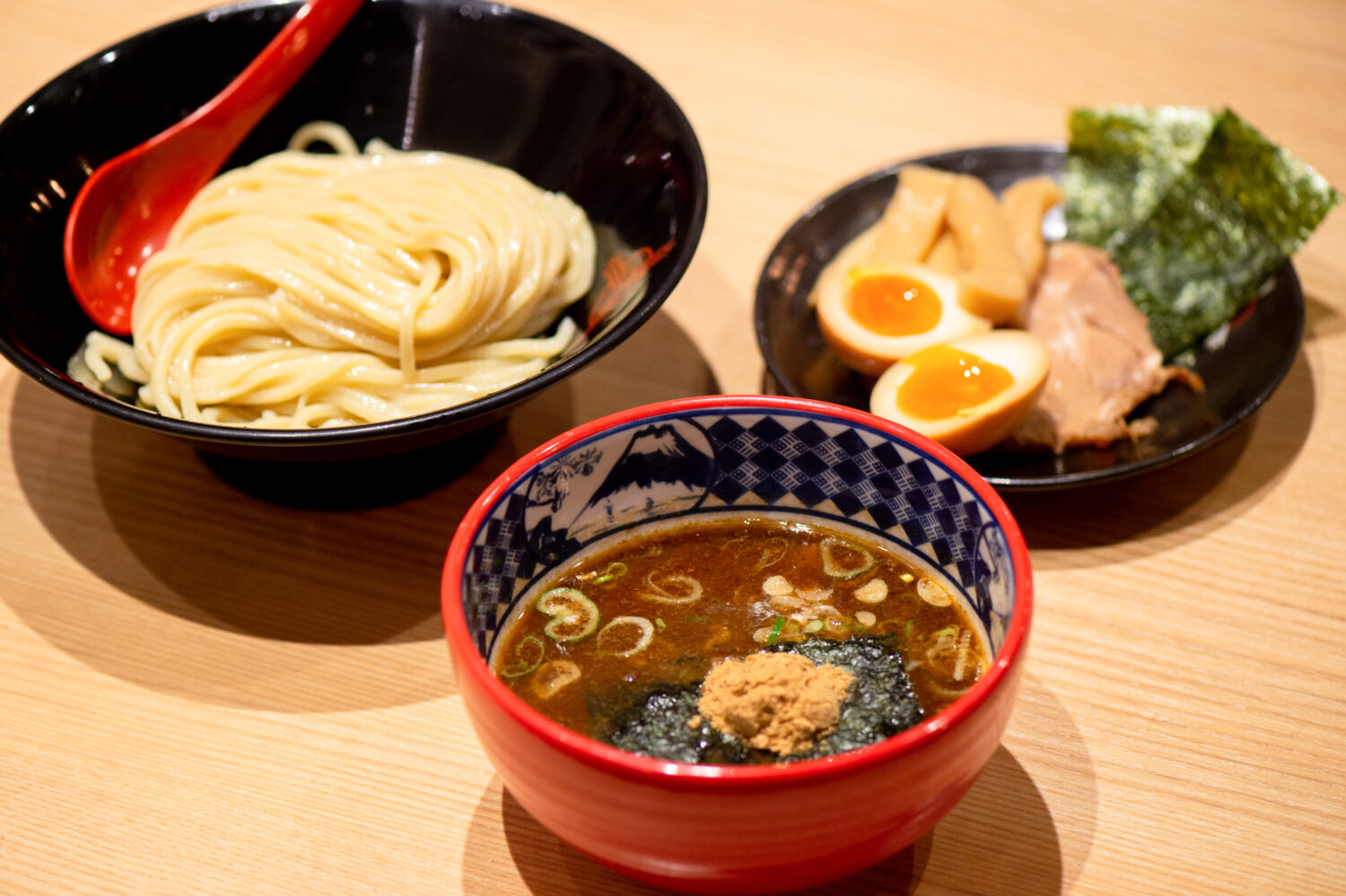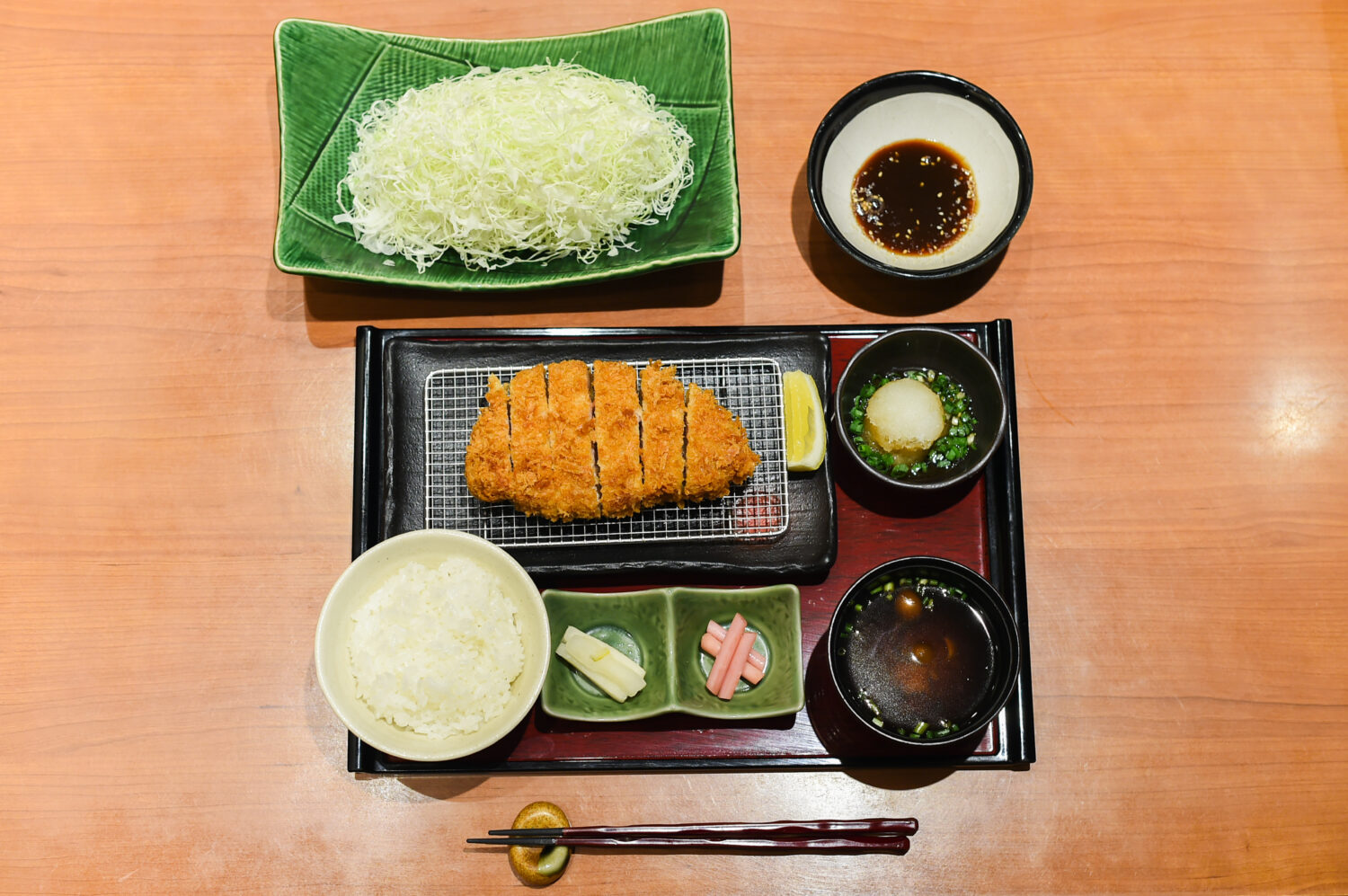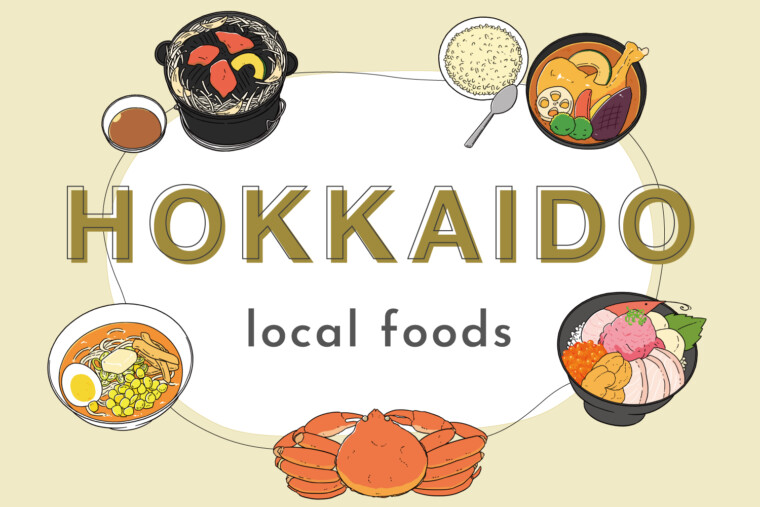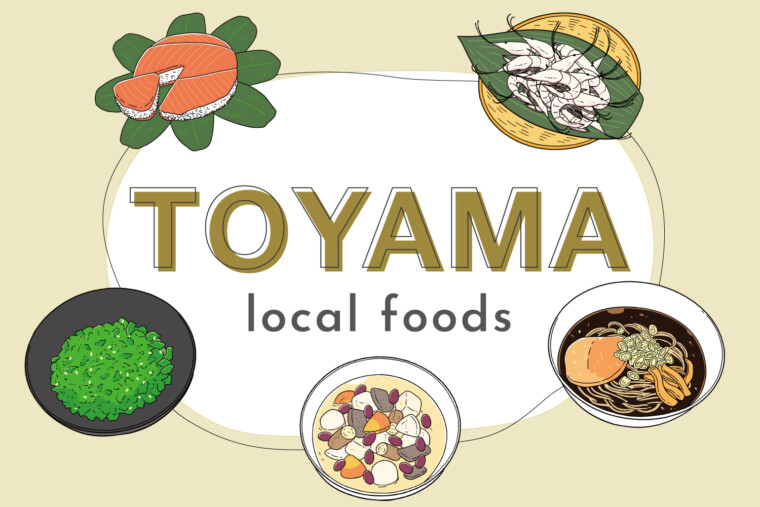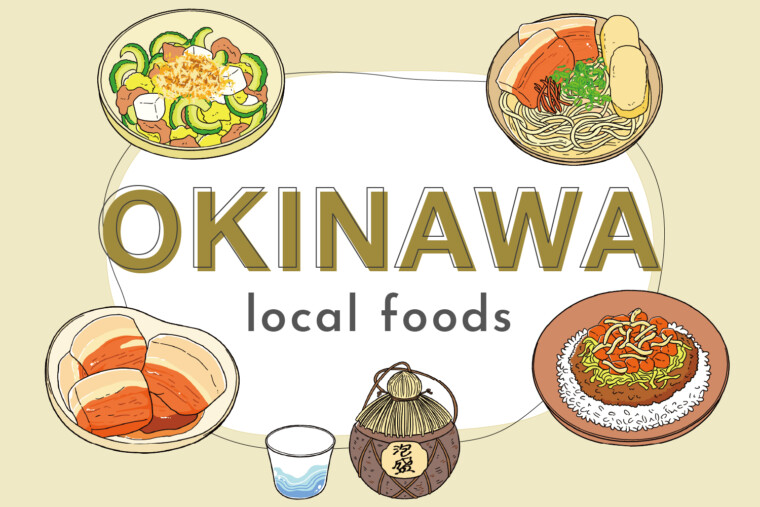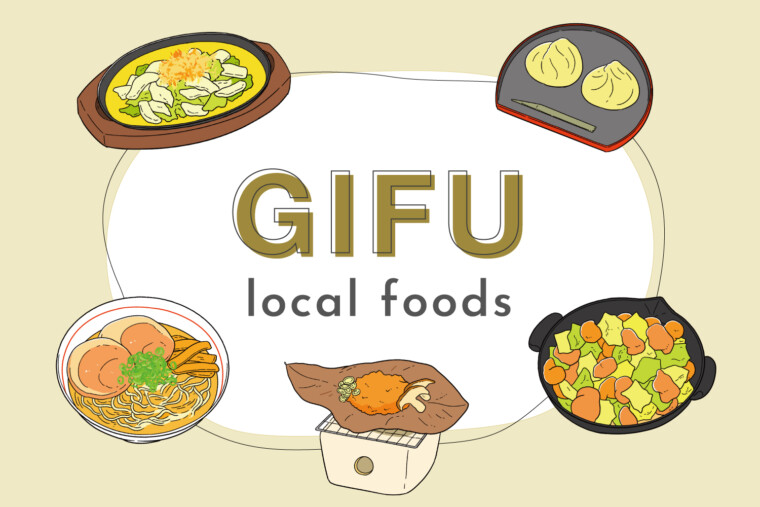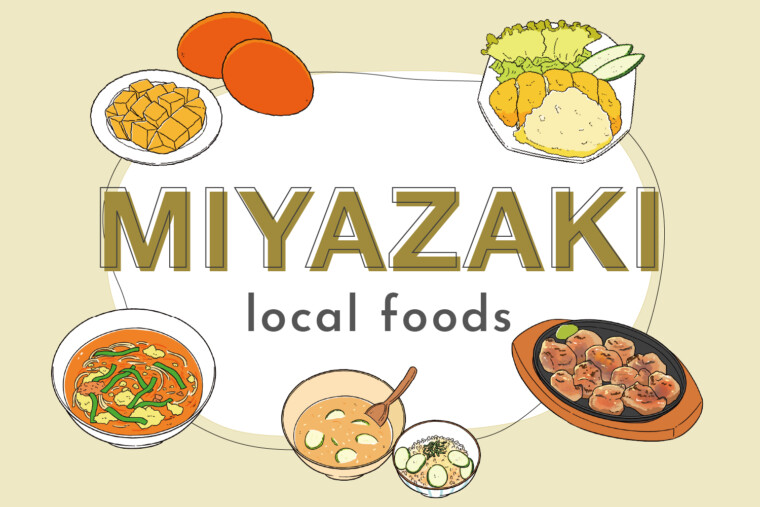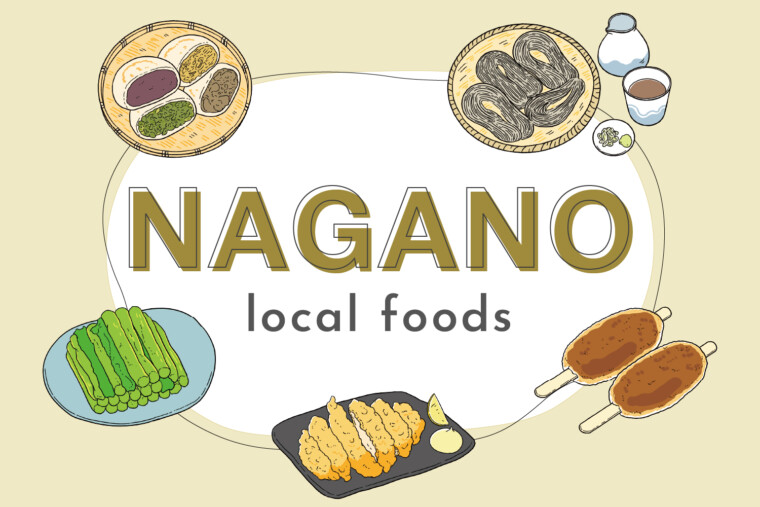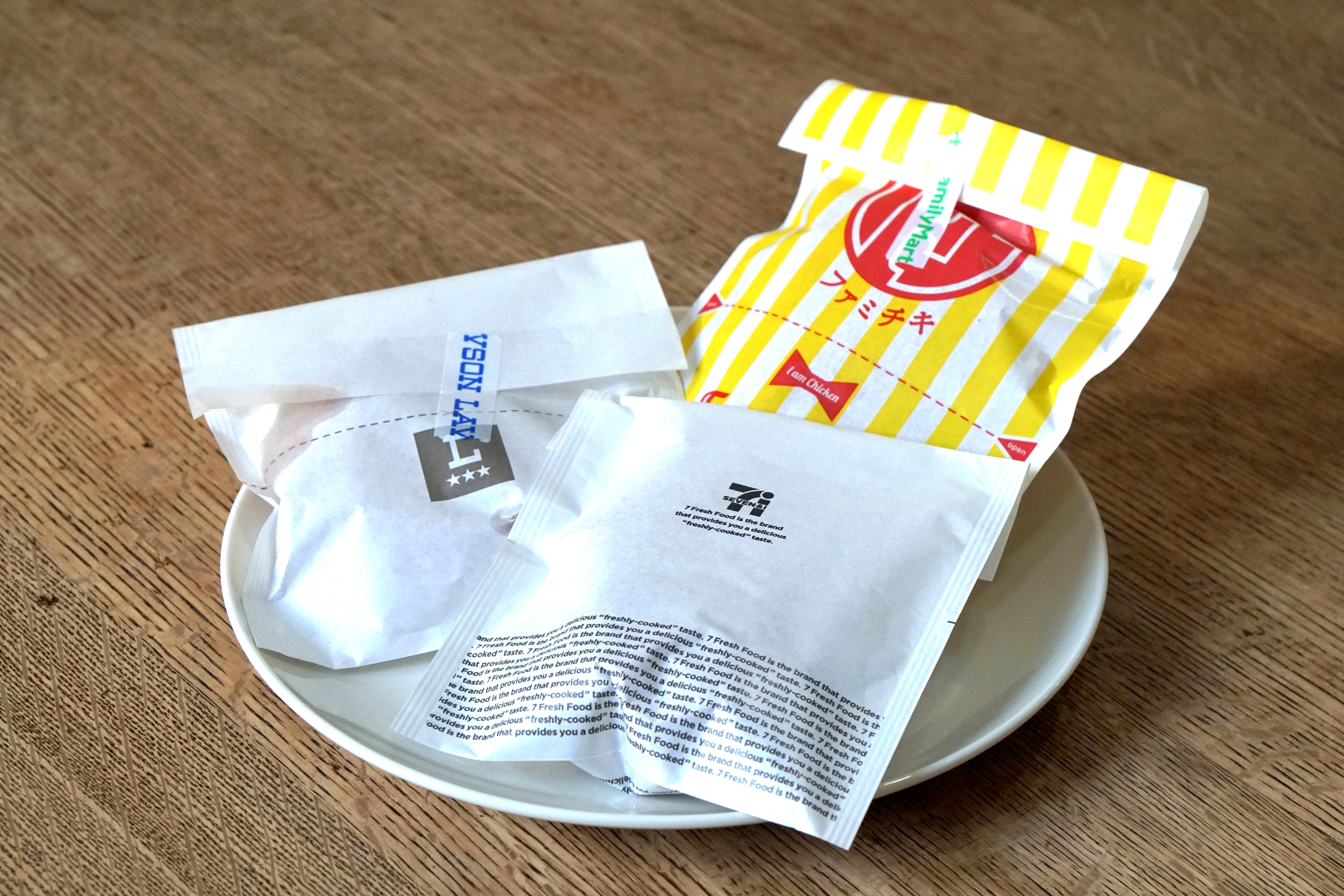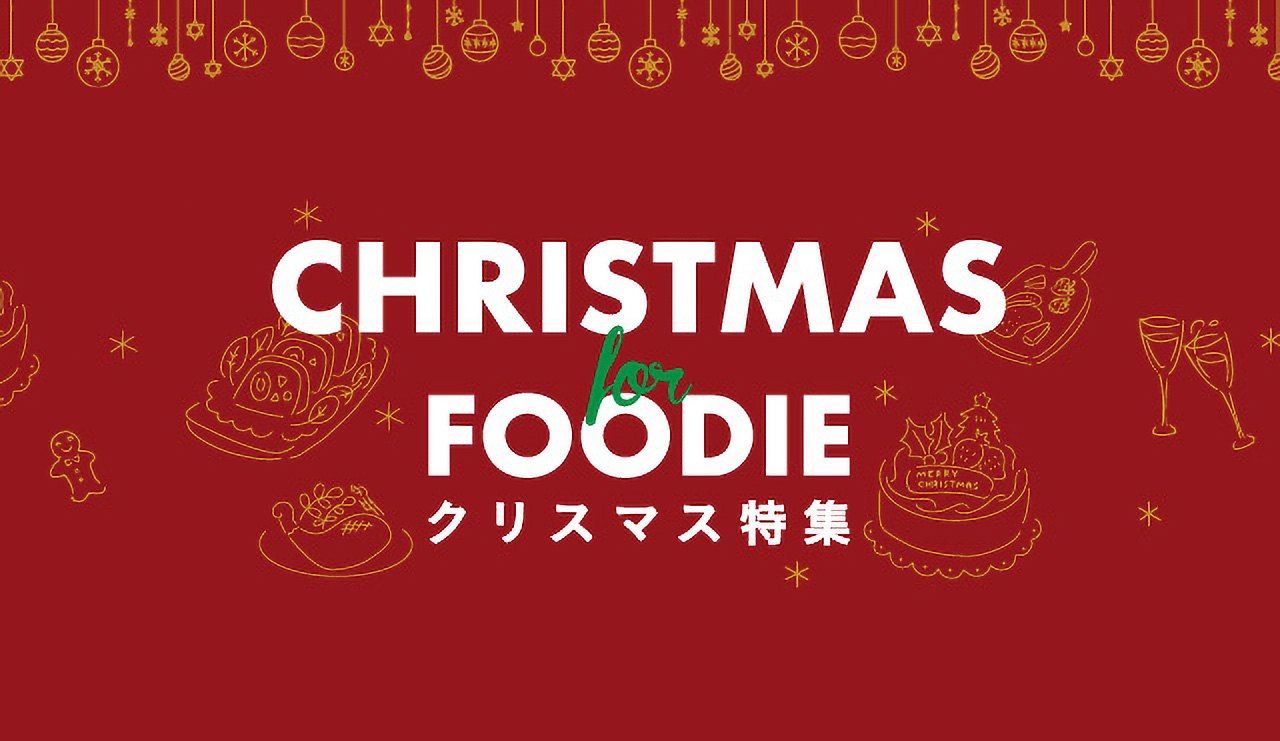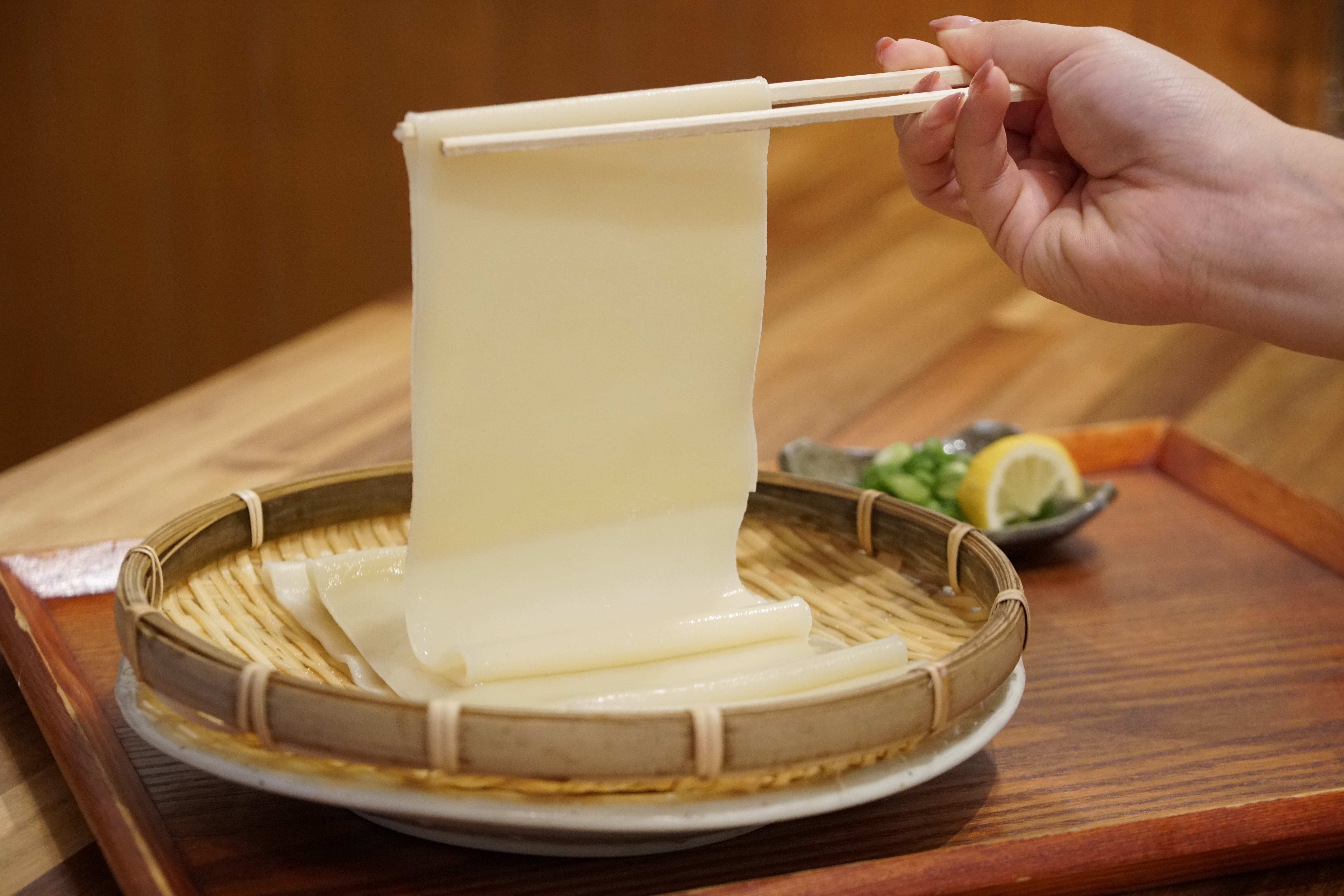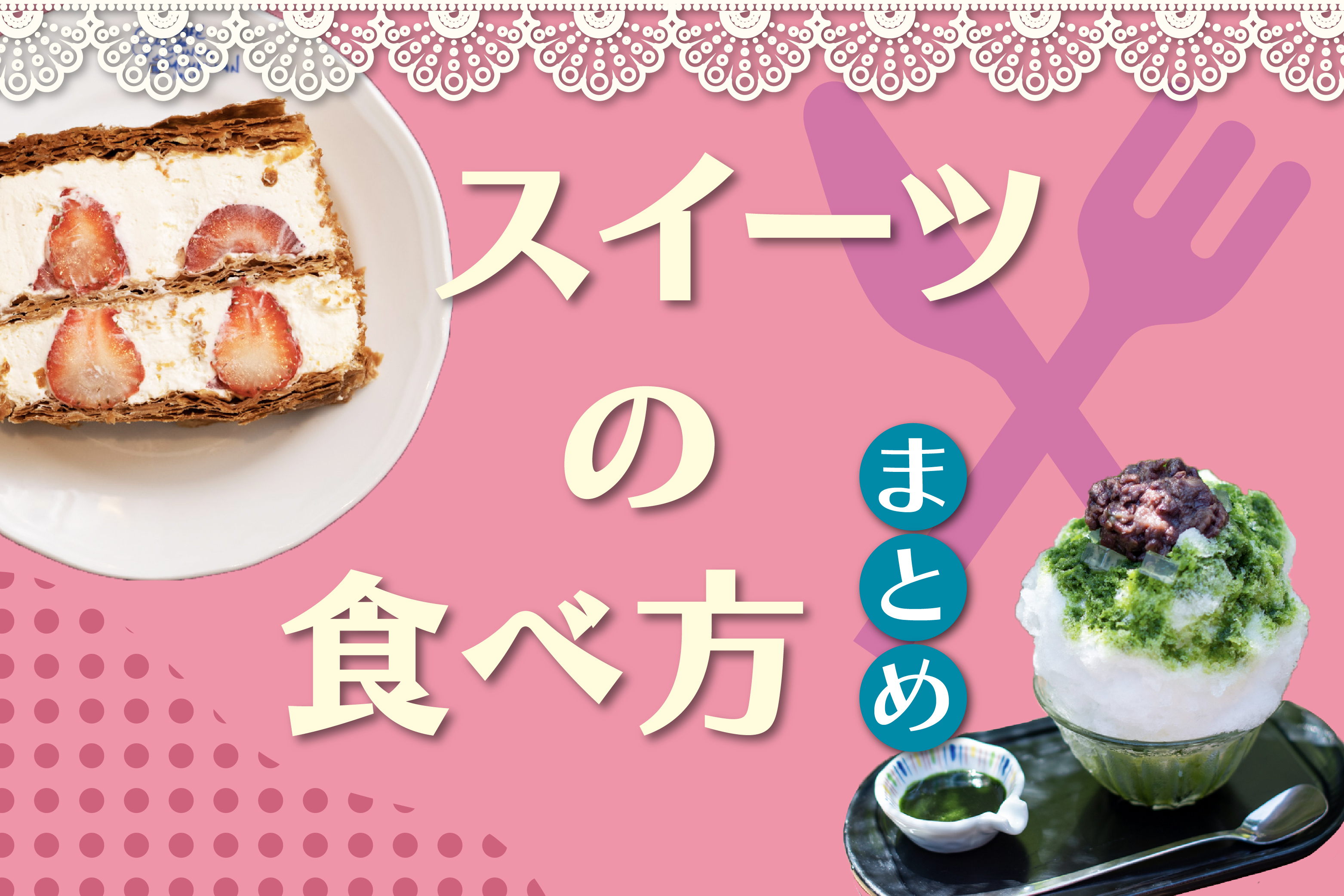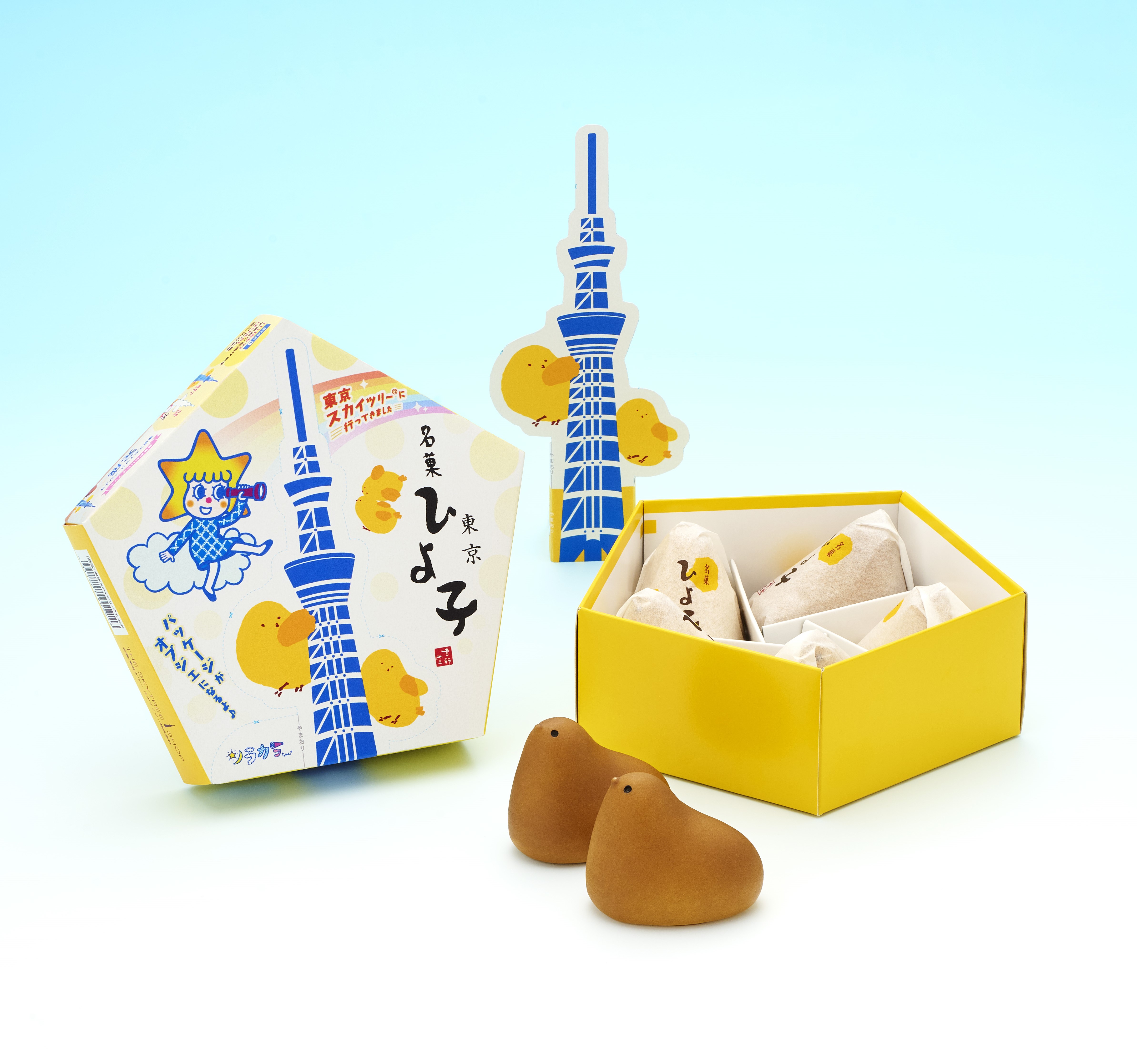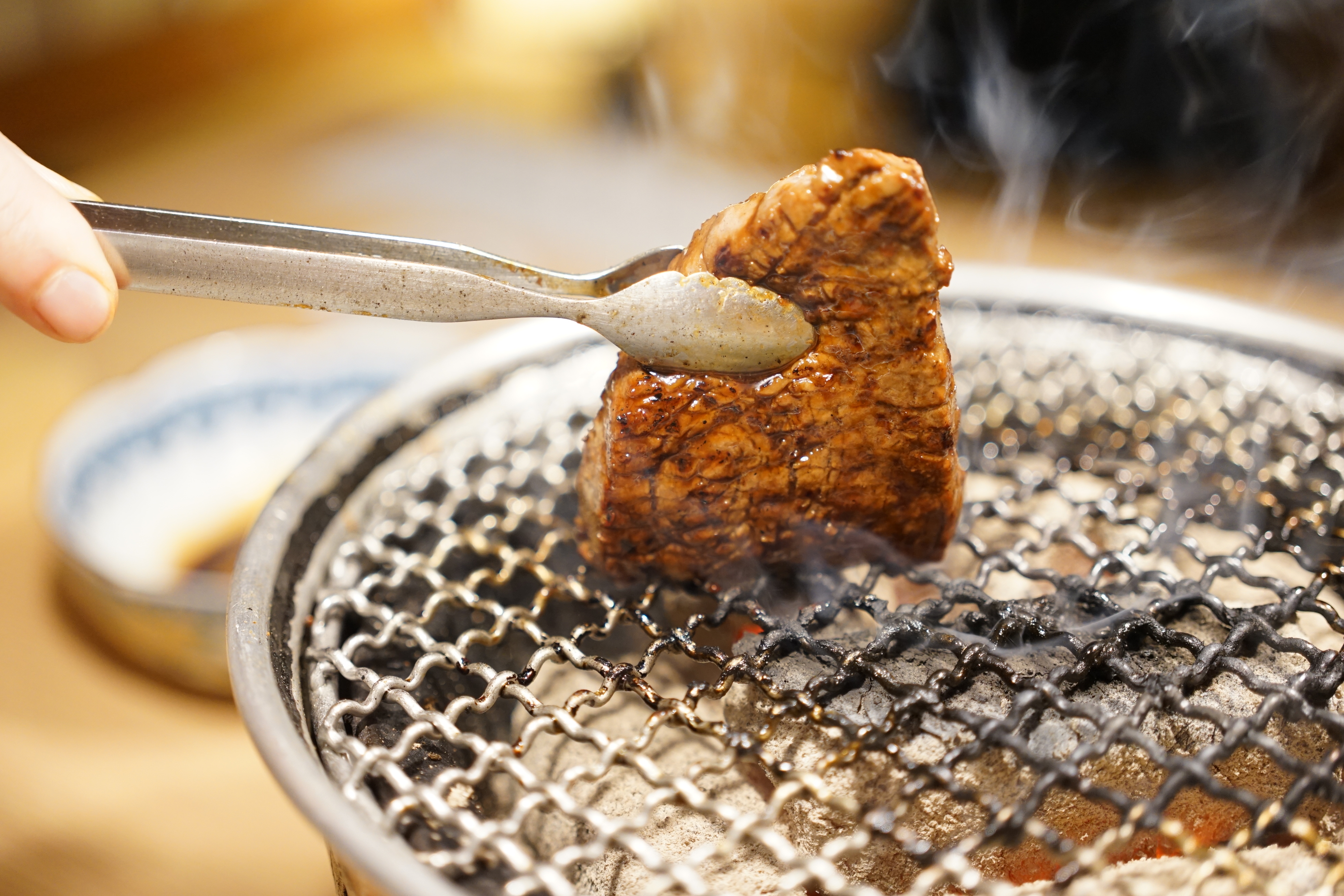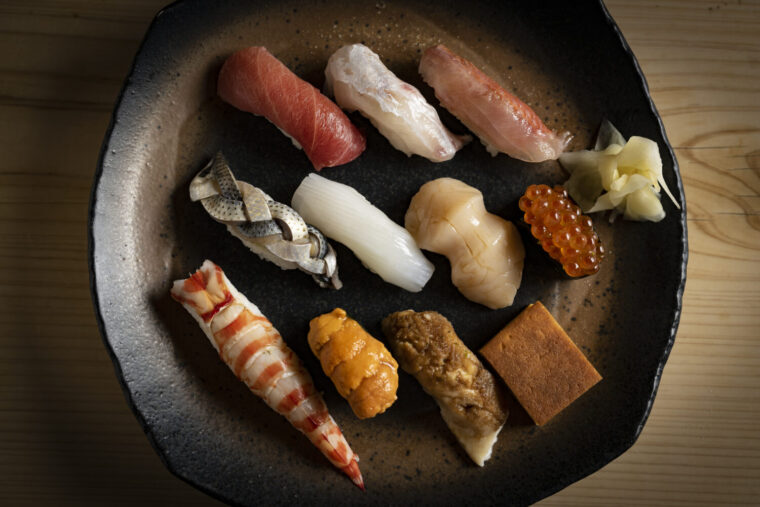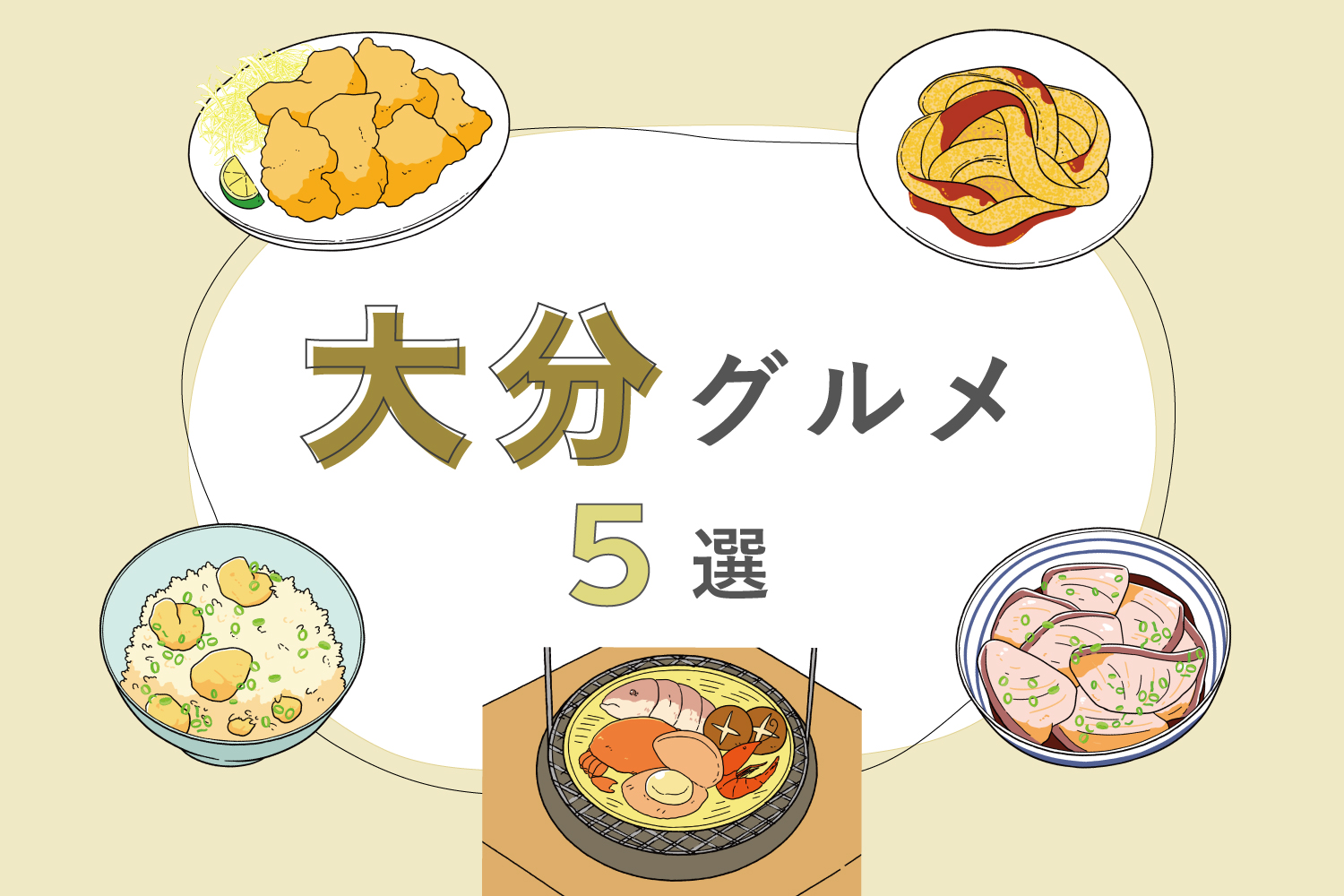
Discover Oita’s Local Cuisine: Toriten, Ryukyu, Torimeshi, Jigokumushi & Yaseuma
Oita Prefecture is famous for its hot springs. It is also well known for the fresh seafood from the Bungo Channel and ranks among the top in Japan for chicken consumption. Dishes made with delicious fish and chicken continue to evolve and are loved by people of all ages. This time, we will introduce some of Oita’s local specialties, including “Toriten,” “Ryukyu,” and “Torimeshi.”
share:
Table of Contents
Savor the Umami of Chicken with “Toriten”
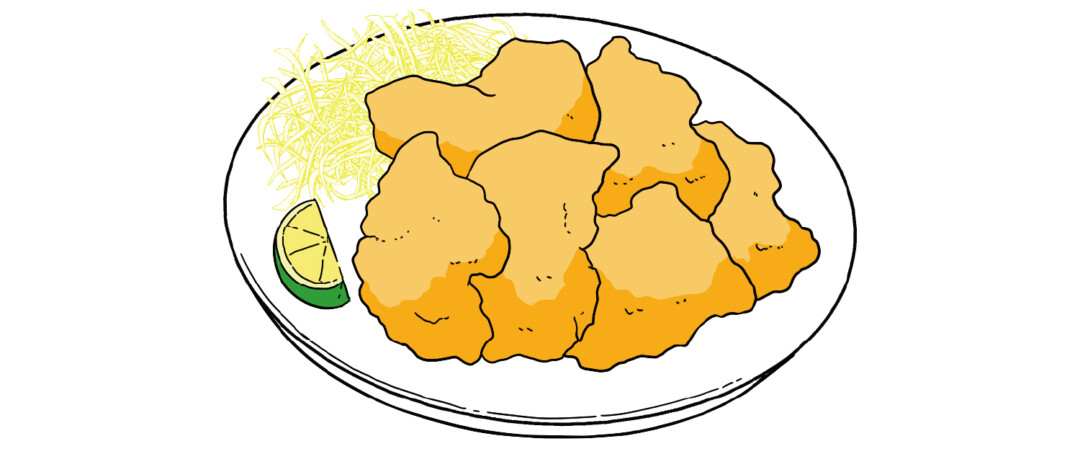
“Toriten” is a dish invented in the early Showa period by the restaurant “Toyo-ken” in Beppu City. At first, fried chicken on the bone was on the menu, but since it could be hard to eat for some people, they cut the chicken into boneless pieces, marinated them in soy sauce and garlic, coated them in tempura batter, and deep-fried them. Toriten became popular because it can be prepared faster than karaage (fried chicken) and tastes delicious. The standard way to enjoy it is with mustard or vinegar soy sauce.
“Ryukyu” Inspired by Knowledge from Other Prefectures
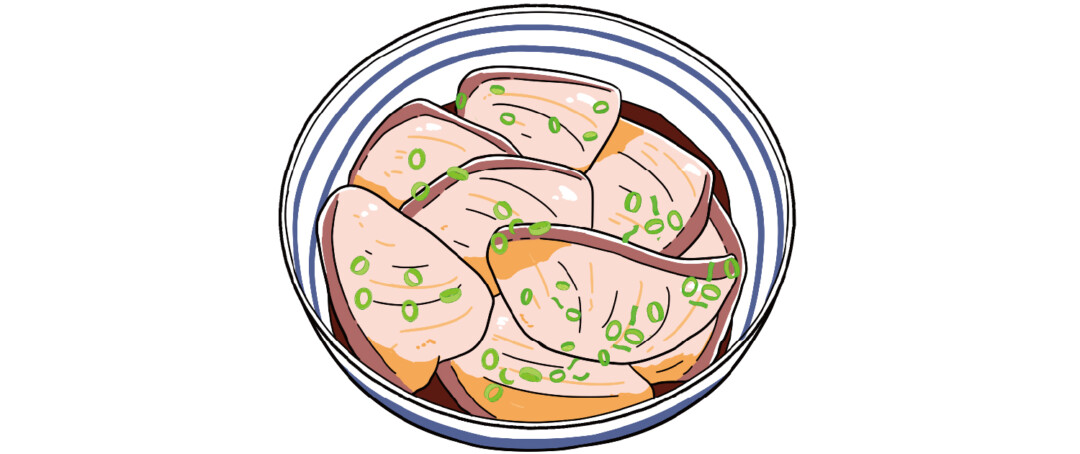
“Ryukyu” is made by marinating slices of fresh seasonal fish in a sauce of soy sauce, sake, mirin, sesame, and ginger to keep them from spoiling. It pairs perfectly with rice. Adding condiments like myoga ginger or green onions, or turning it into ochazuke (with tea or broth poured over rice) is also recommended.
The origin of the name has various theories—some say it was learned from Okinawan fishermen, others that it comes from the term “Rikyu-ae” (sesame-flavored dishes).
“Torimeshi” Essential for Celebratory Occasions
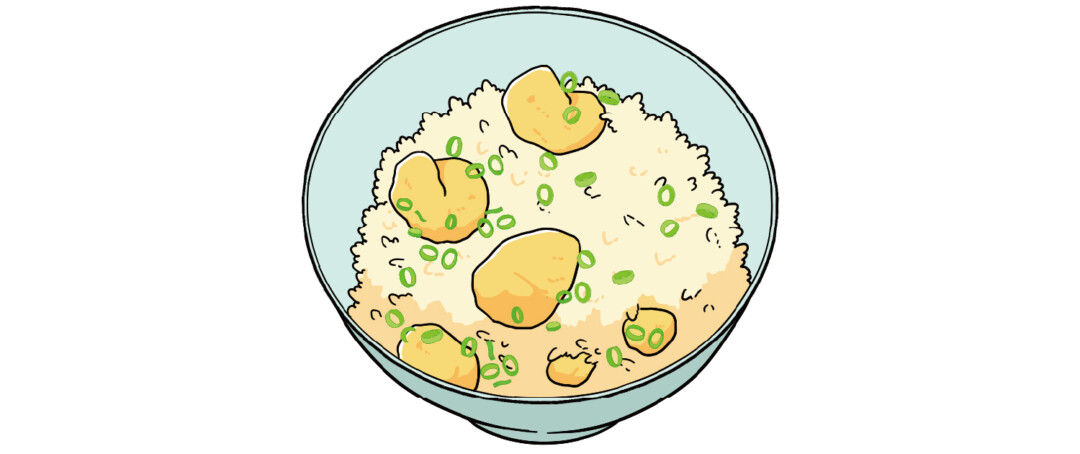
“Torimeshi” is rice cooked together with chicken, burdock root, and carrots. It is often made into rice balls for easy eating, and the sweet-savory simmered flavors of chicken and vegetables soak into the rice, making it exquisite. Since young chicken and mature chicken have different textures, cooking them together allows you to enjoy a contrast of textures. In particular, mature chicken has a firm bite, and the more you chew, the more flavor it releases. It is an indispensable dish for festivals and entertaining guests.
“Jigokumushi” Born in the Land of Hot Springs
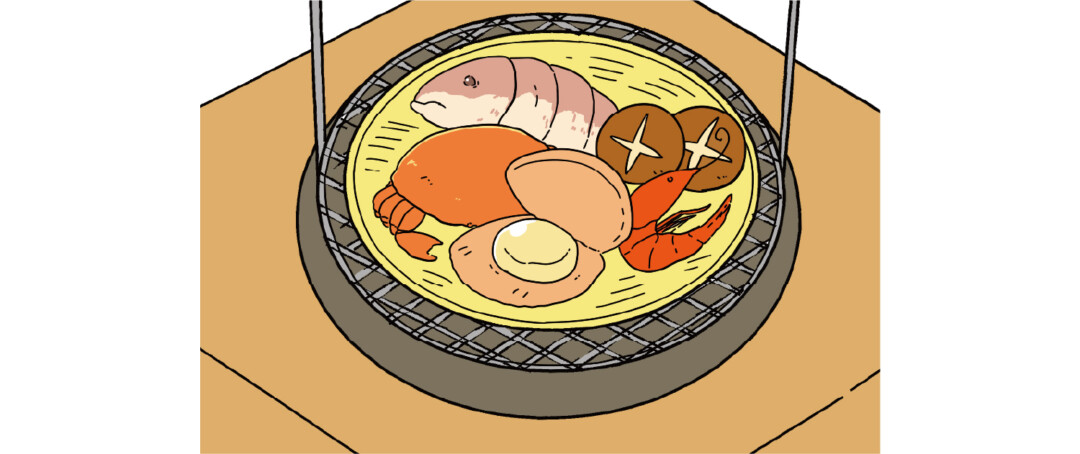
“Jigokumushi” is a traditional cooking method from Kannawa Onsen, where local geothermal steam is used. Vegetables, seafood, and meat are placed in a basket, put into a steaming chamber, and cooked with the hot spring steam. The high-temperature steam containing salt seals in the natural flavors of the ingredients, making them delicious even without seasoning. For variety, you can add salt, soy sauce, or other condiments to suit your taste. It’s fun to explore your own preferred style.
“Yaseuma,” a Familiar Treat for Oita’s Children
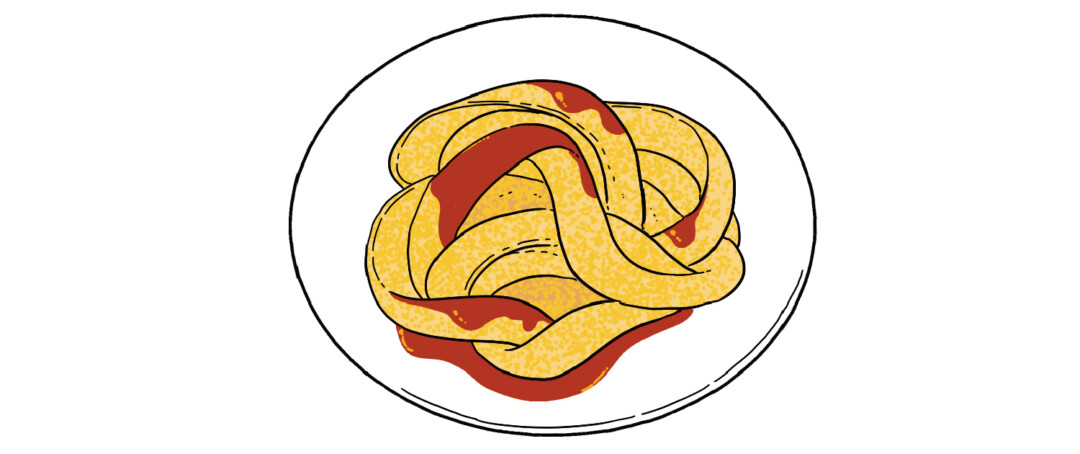
“Yaseuma” is a nostalgic sweet that reminds many of home. It is made by flattening kneaded wheat flour into noodle-like strips, boiling them, and coating them with kinako (roasted soybean flour) and sugar. The chewy texture makes it a beloved snack, once eaten during rice planting season or offered at festivals and during the Obon holiday. Since the dough is the same as that used for “Dango-jiru” (dumpling soup), some households enjoy Yaseuma as dessert after the soup. It can also be customized with black sugar or cocoa powder instead of regular sugar, making its versatility part of its charm.
*The information is based on the time of reporting or creation, and may differ from the current situation.
tags:
share:










